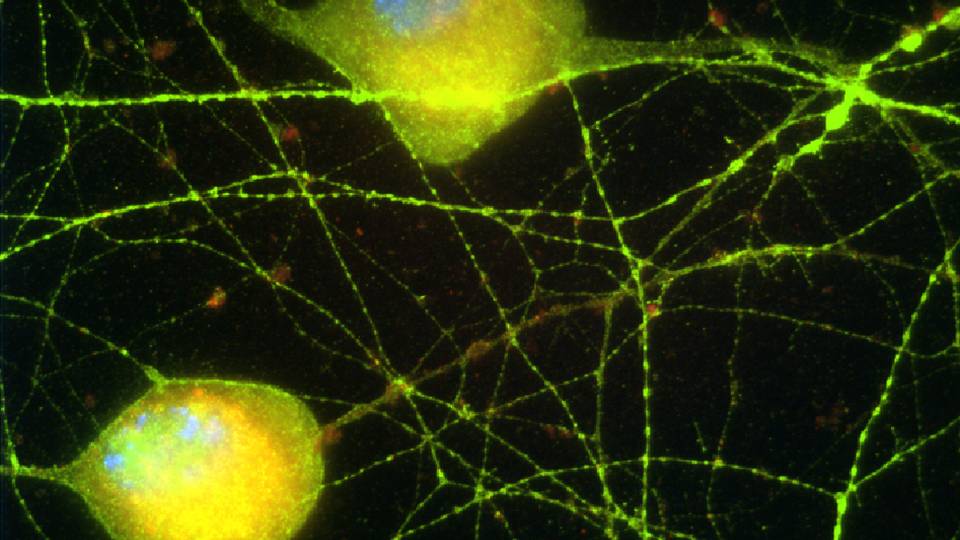Princeton scientists have taken an important step toward understanding a virus that infects and lies dormant in most people, but emerges as a serious illness in transplant patients, some newborns and other people with weakened immune systems.
The virus, called human cytomegalovirus, enters the bone marrow and can hide there for a lifetime. Until now, however, scientists had not been able to study the virus in its latent stage because it infects only humans and does not readily infect or become dormant in laboratory strains of bone marrow cells.
In a study published online Nov. 27, Felicia Goodrum, a postdoctoral fellow, and Tom Shenk , a professor of molecular biology, demonstrated a laboratory system for studying the virus in its latent stage. They showed they could establish a latent infection in freshly collected bone marrow cells and then retrigger an active infection. They drew on their system to discover a set of genes that the virus uses in its latent state and that may give the virus its great capacity for stealth.
Knowing what genes the virus uses to hide and re-emerge could give pharmaceutical companies targets for designing drugs that disrupt those mechanisms. "So you could dream that some day in the future we could clear the virus from a person and not just treat the symptoms that occur when the virus re-emerges," said Shenk.
Cytomegalovirus is in a broad family of herpes-related viruses, which includes the virus that causes chicken pox and shingles. The only treatment doctors currently have for cytomegalovirus is an antiviral drug called gancyclovir, which stops the virus from replicating during its active infection phase, but has no effect during the latent stage, when the virus does not replicate.
The researchers described their results in an online edition of the Proceedings of the National Academy of Sciences. It is scheduled to appear in the journal's Dec. 10 print edition. Goodrum and Shenk collaborated with Craig Jordan of the University of Kentucky Medical Center and Kevin High of the Wake Forest University School of Medicine, who supplied human bone marrow cells and expertise in working with them.
The full story is available in a news release.
Contact: Lauren Robinson-Brown (609) 258-3601

